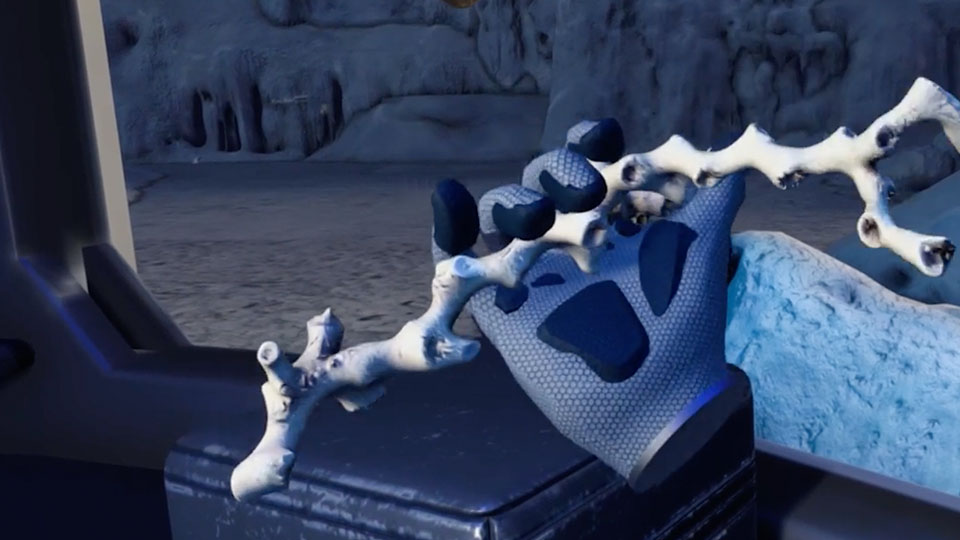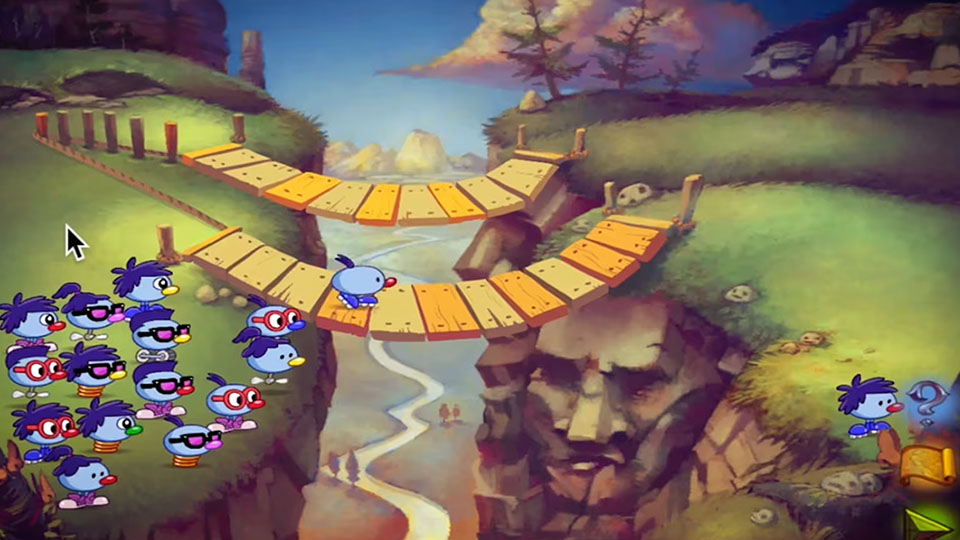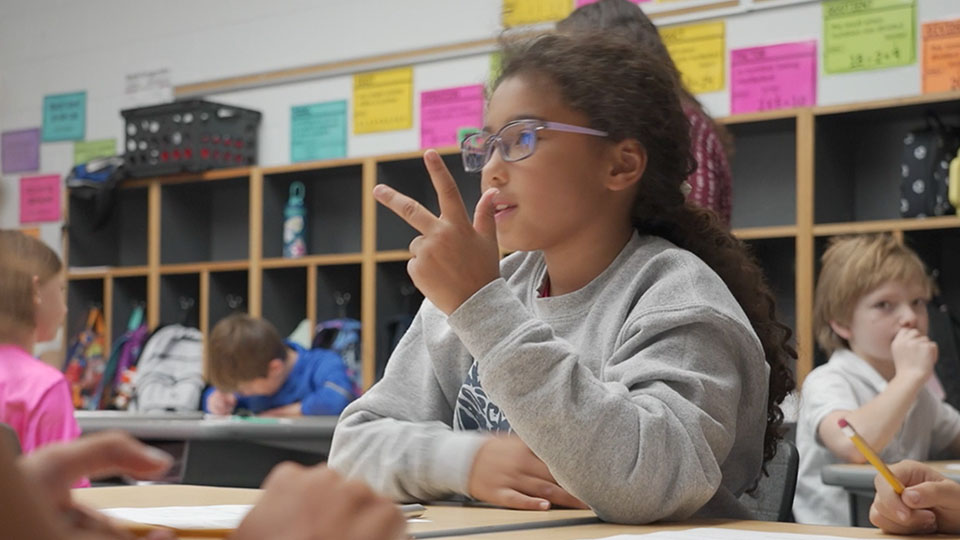INFACT:Including Neurodiversity in Foundational and Applied Computational Thinking (2023)
Description
INFACT is a program for the Inclusion of Neurodiversity in Foundational and Applied Computational Thinking. We have designed and studied teaching and learning materials for grades 3-8 that engage learners in computational thinking activities while providing supports for executive function. Our studies showed that these materials improved students’ computational thinking overall, and had particularly dramatic effects for learners with low executive function scores. INFACT serves as a model for how to provide inclusive teaching and learning to supporting neurodiversity in STEM.
See more about this project: https://www.terc.edu/ndinstem/about/infact/
Award: #U411C190179 US Dept of Ed EIR early-phase research program
Discussion
This discussion took place during the TERC Video Showcase Event Nov. 14-21, 2023. Discussion is now closed.Presenters
Lead Presenter

Jodi Asbell-Clarke
TERC
TERC
Co-Presenters










-jodi
Per Jennifer’s comment, I would definitely regard Ira Cohen’s work throughout the years for summarizing the connection between learning abilities and the pathophysiology. There are several markers for learning differences. Yes, denser neural networks in functional areas, lack of/inhibited neuronal migration during development, lack of synapse trimming, and more all contribute to this.
Thank you for the formation of this network!
Jodi, I appreciated your video and the way your team is bringing light to this area! I have a study participant (a woman of color) who fits your description of testing off-the-charts in pattern recognition. She struggled in more mundane ways in large STEM college classes, though, and in part because of this was often disregarded by her professors. (She is now a PhD scientist.) I think your work is so important because it is bringing awareness to STEM teachers about creating inclusive classrooms where neurodiverse learners not only belong but thrive.